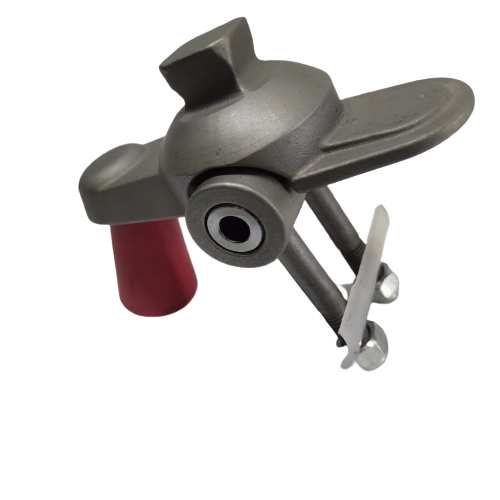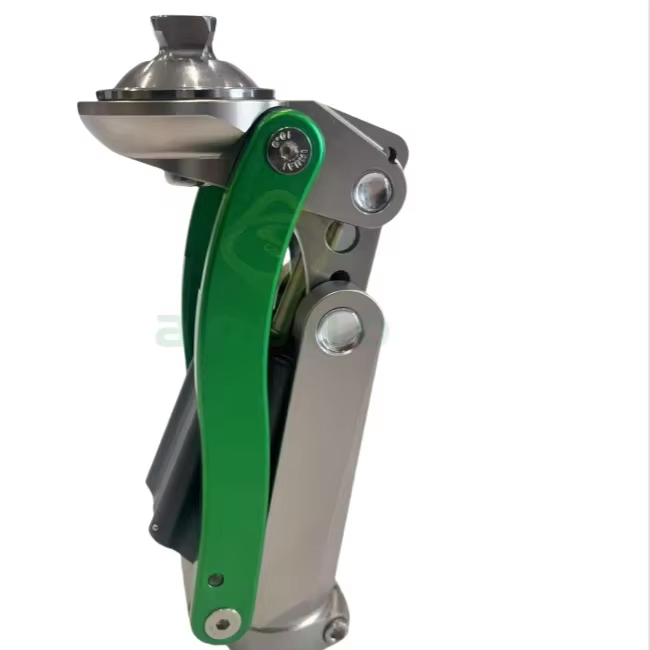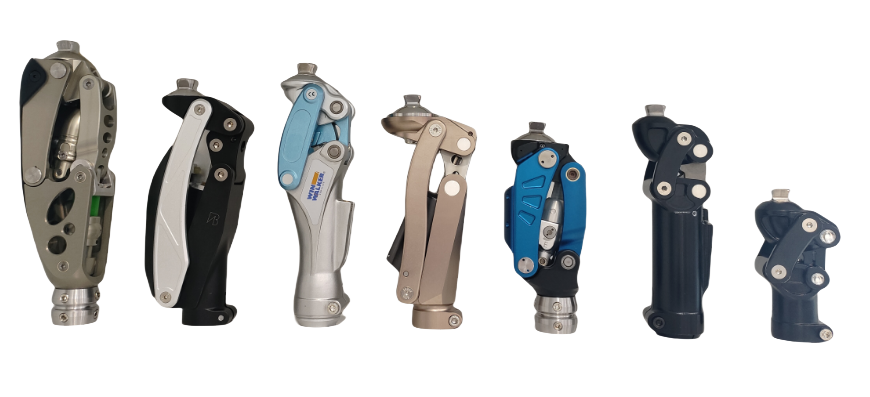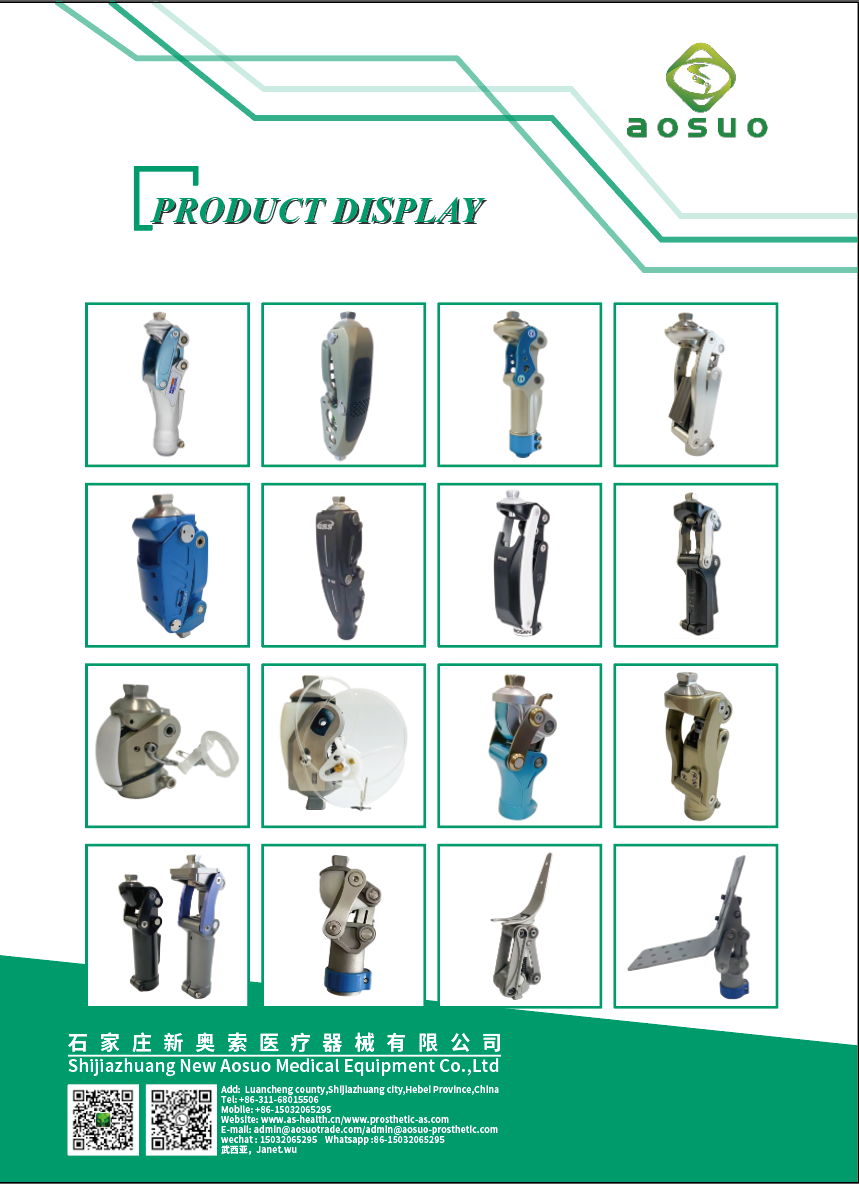Understanding Prosthetic Orthoses: Enhancing Mobility and Quality of Life
Release Time:
Aug 24,2025
Prosthetic orthoses are specialized devices designed to support, align, or improve the function of limbs affected by injury, congenital conditions, or diseases. These devices serve a critical role in rehabilitation and mobility enhancement for individuals experiencing physical challenges. Understanding the various types and functionalities of prosthetic orthoses can empower healthcare professional
Prosthetic orthoses are specialized devices designed to support, align, or improve the function of limbs affected by injury, congenital conditions, or diseases. These devices serve a critical role in rehabilitation and mobility enhancement for individuals experiencing physical challenges. Understanding the various types and functionalities of prosthetic orthoses can empower healthcare professionals and patients alike in making informed decisions about treatment options.
There are several types of prosthetic orthoses, each tailored to specific needs. For example, lower limb orthoses, such as ankle-foot orthoses (AFOs) and knee-ankle-foot orthoses (KAFOs), are commonly used to provide stability and support to individuals with weakness or paralysis. Similarly, upper limb orthoses are designed to assist individuals with hand or arm impairments, helping them regain functional abilities.
The primary function of prosthetic orthoses is to enhance mobility. By providing necessary support, these devices enable users to perform daily activities with greater ease and independence. For instance, individuals who wear AFOs can walk more securely, reducing the risk of falls while improving their overall confidence in movement. Additionally, prosthetic orthoses can help correct postural alignment, thereby alleviating discomfort and preventing further complications associated with improper body mechanics.
Another significant benefit of prosthetic orthoses is their psychological impact. Individuals who experience mobility impairments often face challenges related to self-esteem and independence. By utilizing a prosthetic orthosis, patients can regain a sense of normalcy in their daily routines, leading to improved mental health and social interaction. This aspect highlights the importance of a holistic approach to treatment, where both physical and emotional well-being are considered.
Furthermore, advancements in technology have led to the development of more sophisticated prosthetic orthoses, including those integrated with sensors and smart materials. These innovations enhance the functionality and comfort of the devices, allowing for a more personalized fit and improved user experience. As healthcare professionals, staying updated on these advancements is crucial to providing the best possible care and recommendations to patients.
In conclusion, prosthetic orthoses play a pivotal role in improving mobility and quality of life for individuals with physical challenges. By understanding their types, functions, and benefits, healthcare professionals can better support their patients in navigating the complexities of rehabilitation. As the field of prosthetic orthotics continues to evolve, embracing new technologies will further enhance the effectiveness of these devices, ultimately leading to more positive outcomes for users.
Keywords:
You Can Also Learn More About Industry Trends







